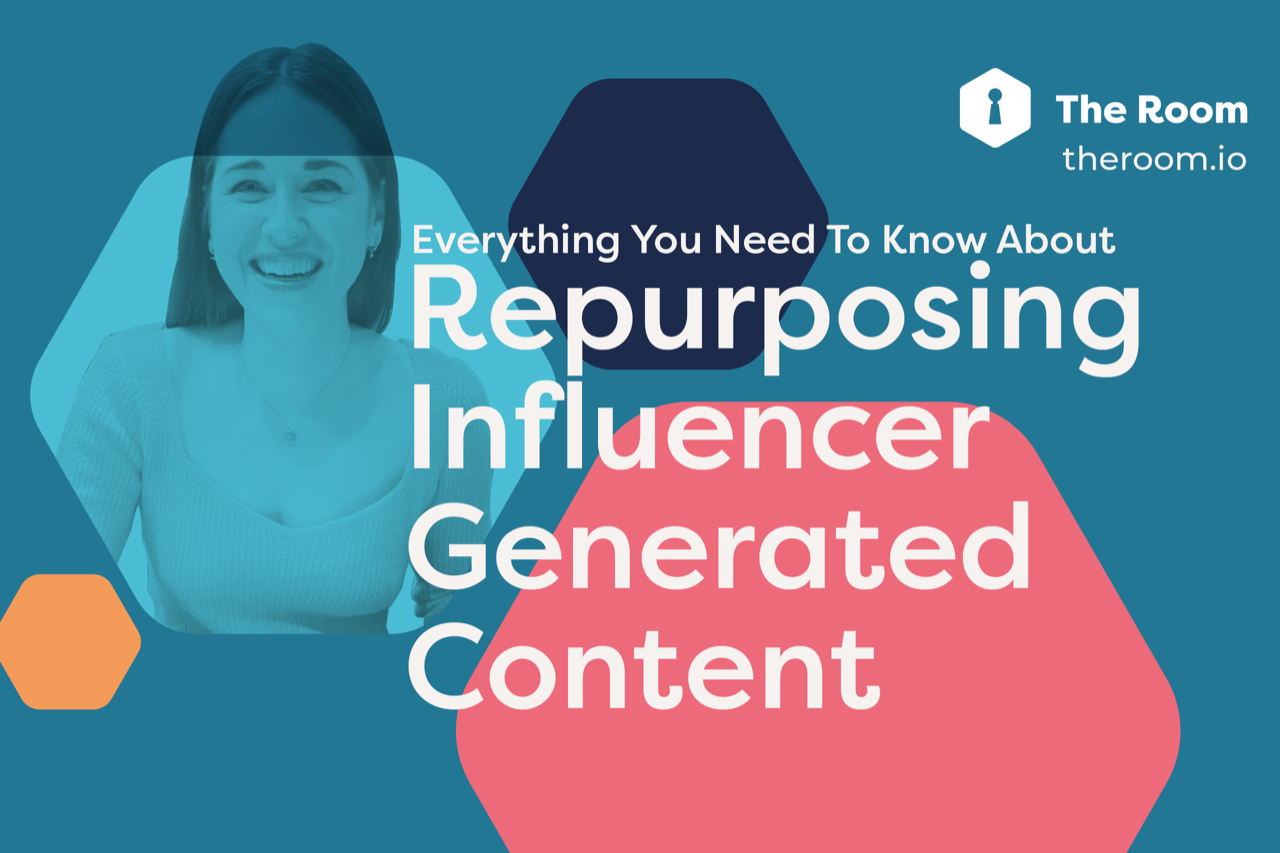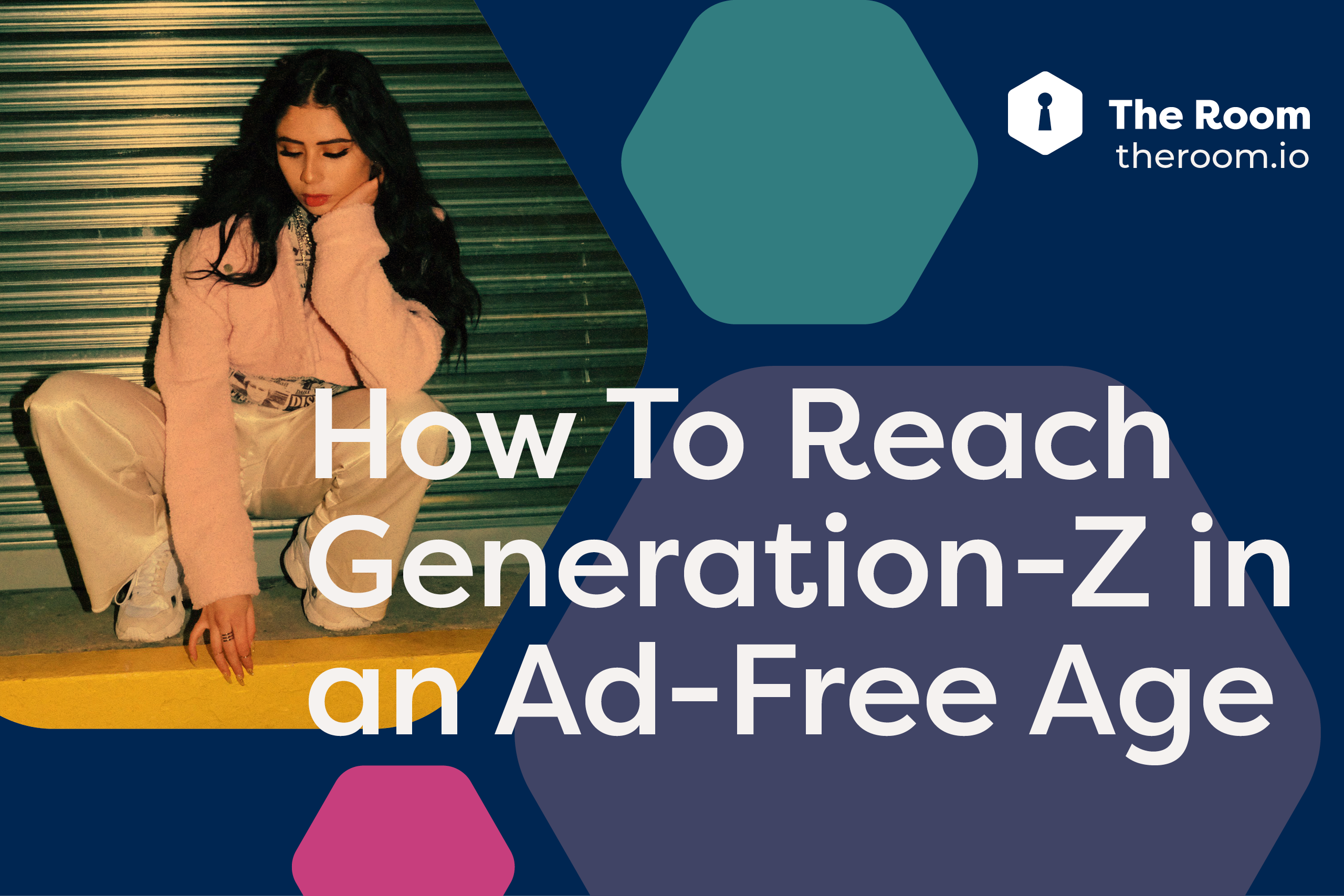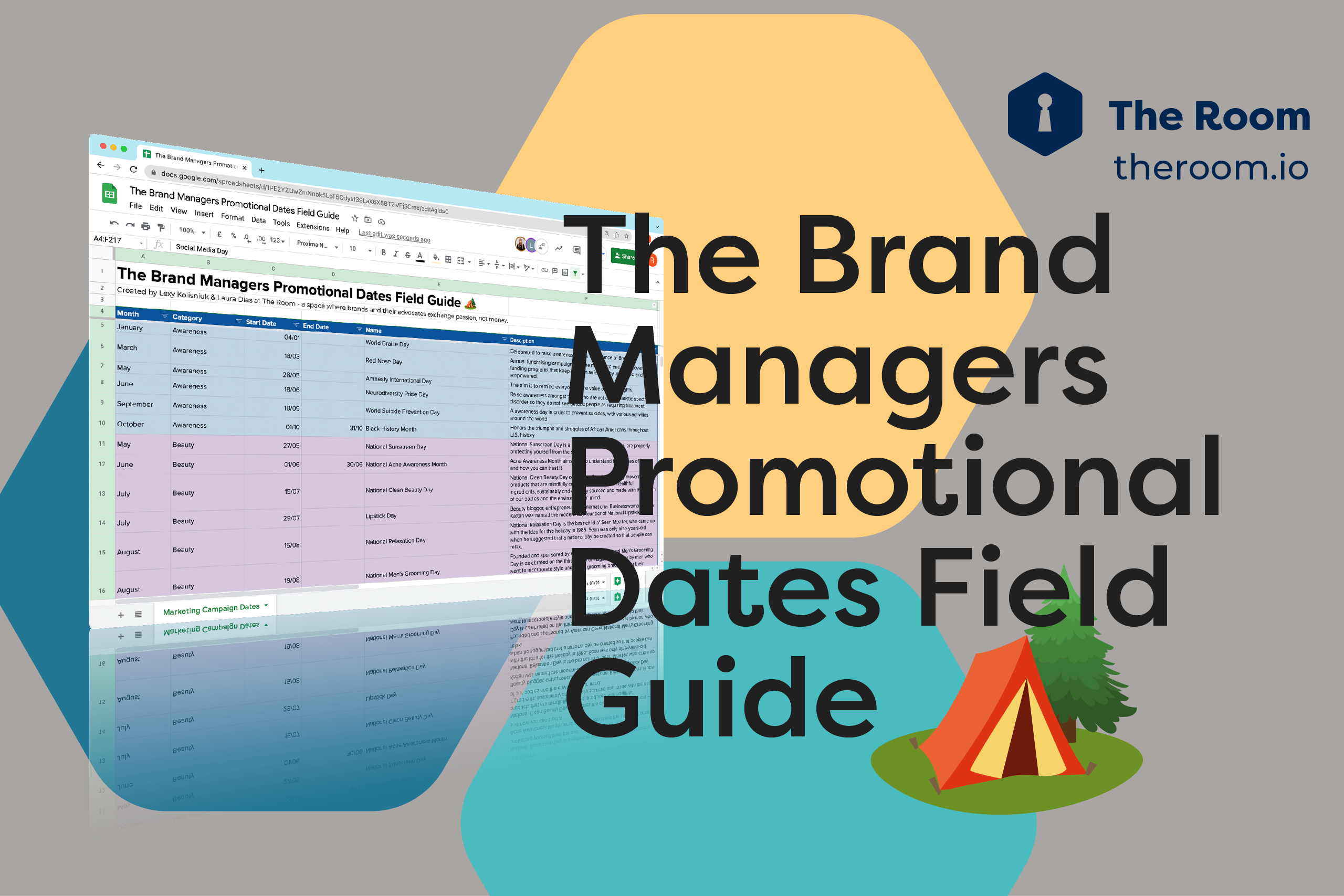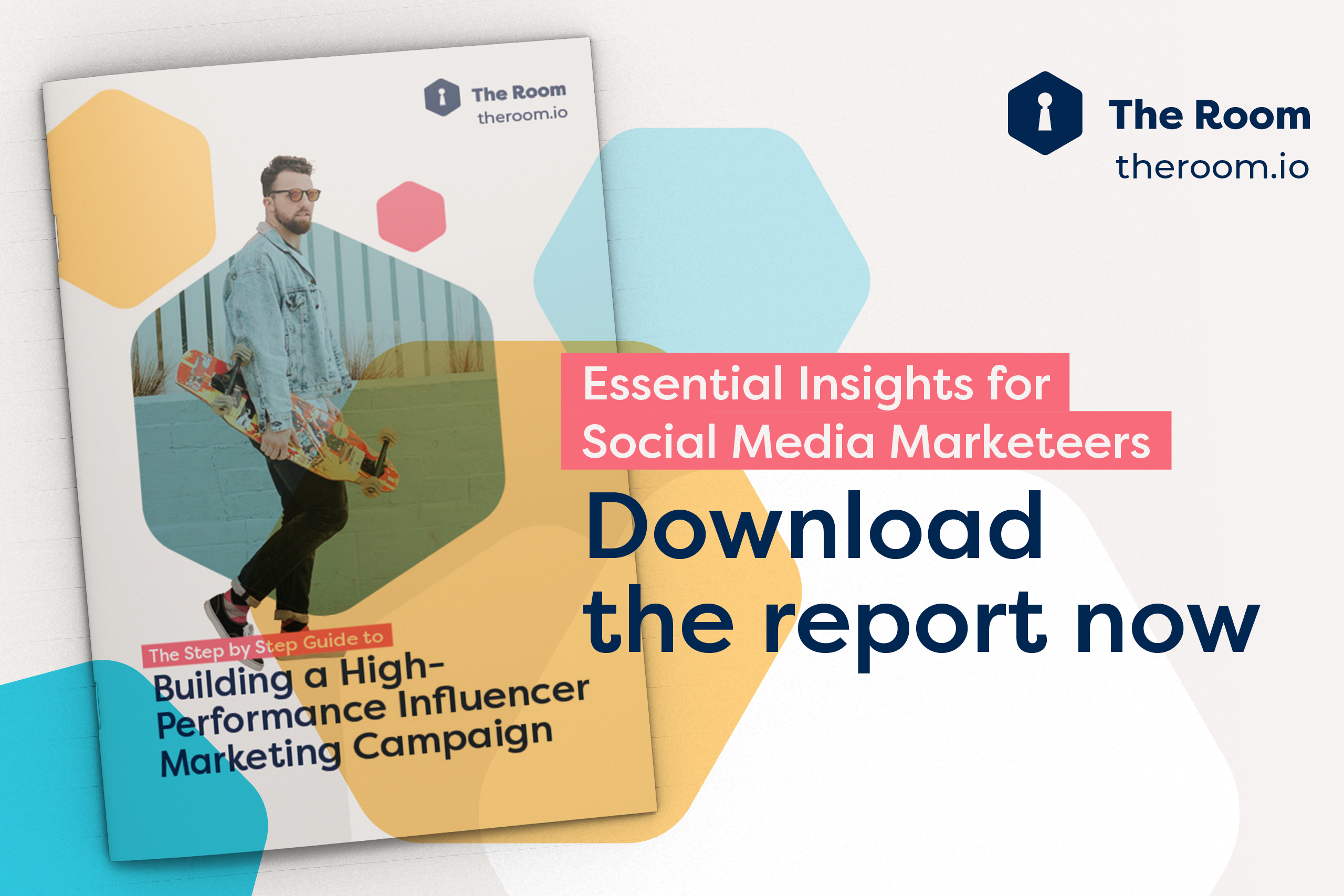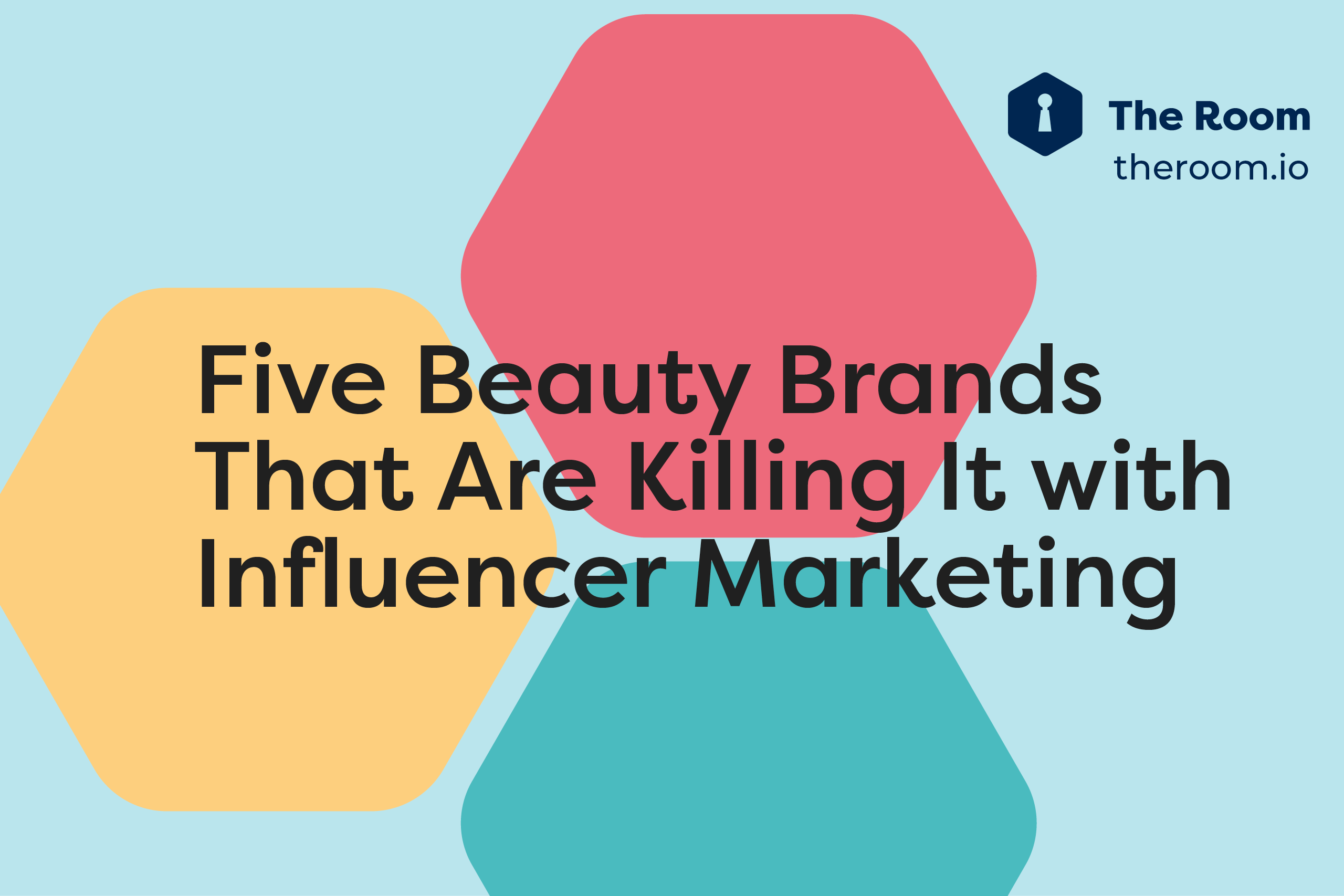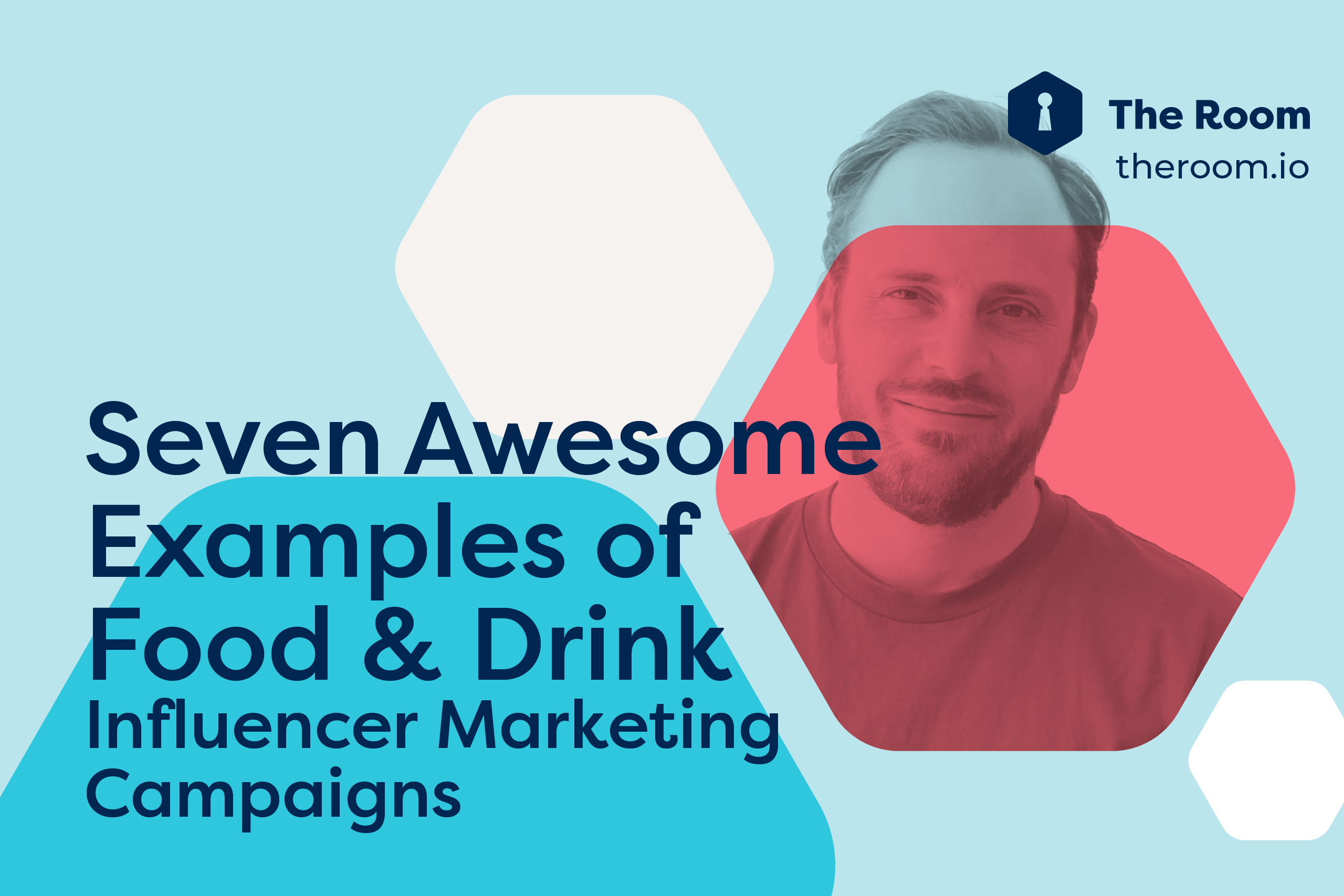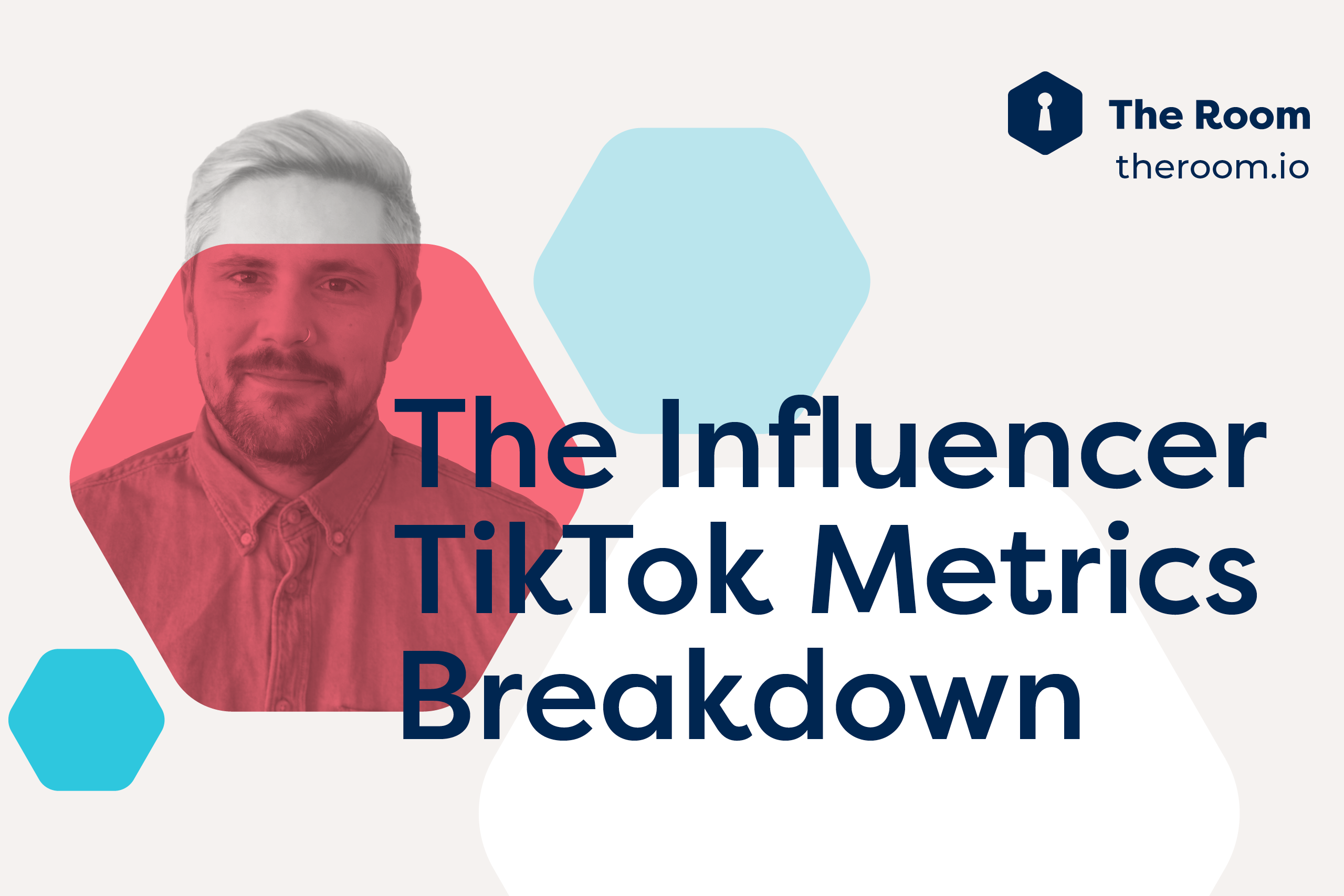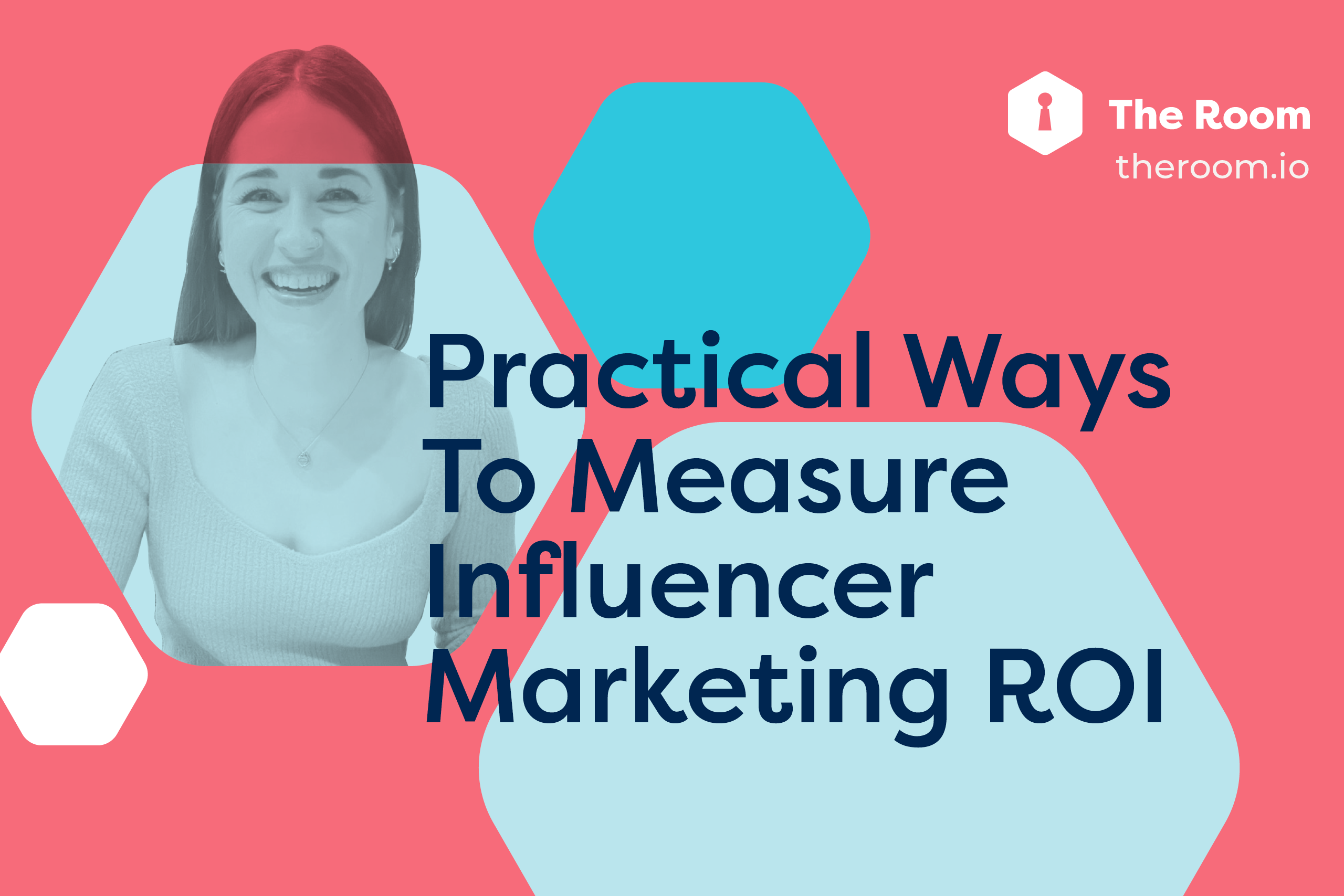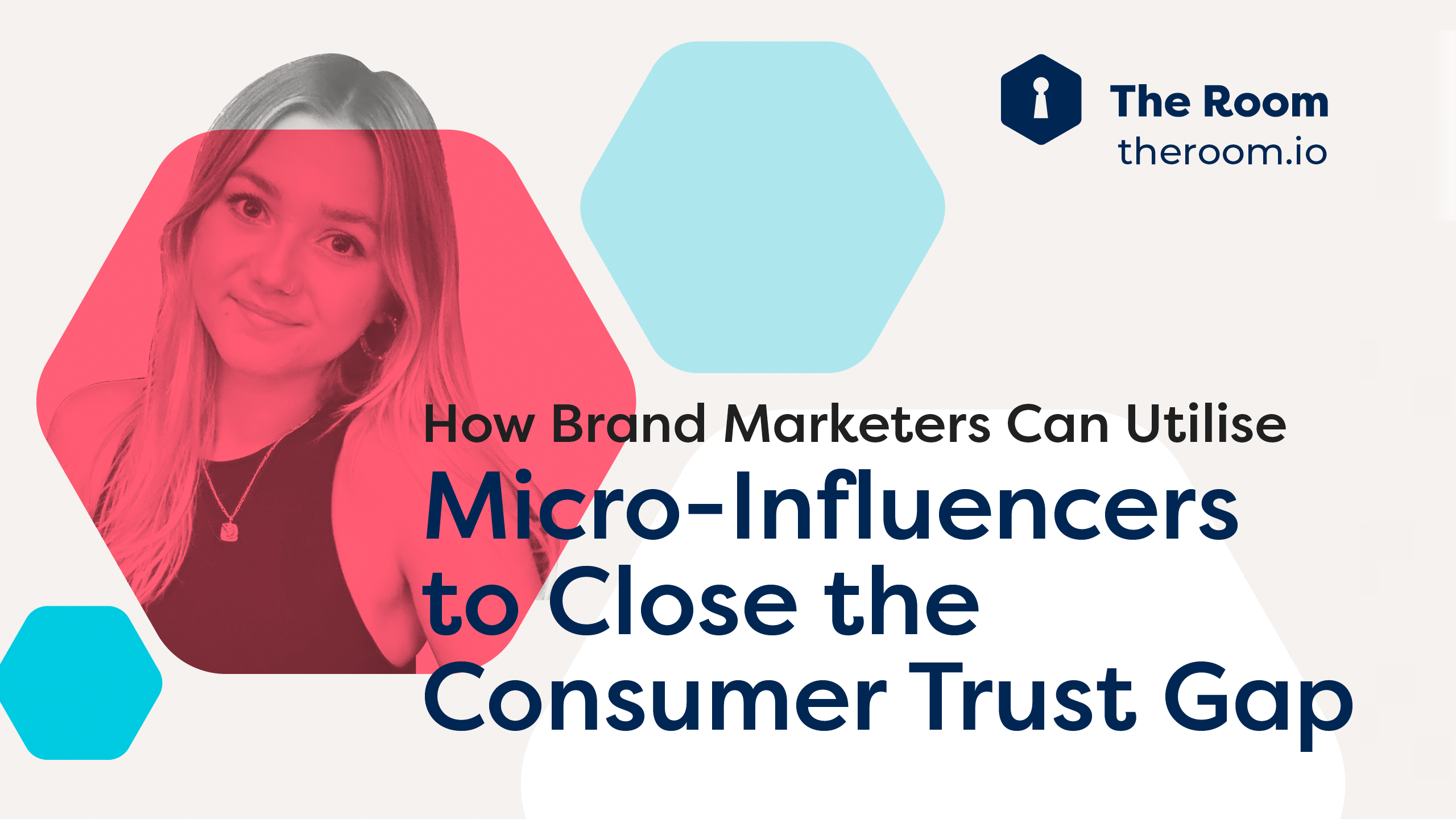The Influencer Marketing Industry continues to grow year on year, and it’s no surprise why. Set to grow to around $16.4 billion in 2022, it’s one of the most valuable sectors in digital marketing. Better still, it’s the type of marketing online consumers crave.
60% of surveyed marketers found that influencer marketing outperformed brand content. From nano to mega-influencers, the content created for these campaigns produces results. But what exactly is influencer-generated content (IGC) and why is it so effective?
Most importantly for marketers 一 how do we maximise its incredible value? Let’s break down everything you need to know about repurposing influencer-generated content.
What is influencer-generated content?
You may already be familiar with user-generated content (UGC), which is created organically by a brand’s audience. Influencer–generated content is more of a marketing asset created and paid for by the brand itself.
While both are powerful marketing tools for any campaign, the key difference is in the name. Who produces the content plays a huge role in how brands can leverage it for their goals. The organic nature of UGC drives traffic and boosts visibility with minimal work on your part.
Influencer-generated content is a little more structured. Marketers have to collaborate with professional creators to produce the right content for a specific campaign.
Brands need to pay influencers for it, so there’s an upfront investment that you wouldn't find with UGC. Ownership is a factor with IGC too. Contracts need to be specific about content rights and permissions.
The benefits of repurposing influencer-generated content
Ultimately, every benefit of repurposing IGC comes down to one basic idea: maximising your return on investment (ROI). Depending on the campaign you run, and the tier of influencers you collaborate with, high-quality content will come at a cost.
The good news: the cost is often worth it. That said, content that only works within a campaign has a limited lifecycle. Content that you produce once 一 and leverage multiple times 一 is limited only by creativity.
Let’s break down the four most valuable reasons to repurpose influencer-generated content after a campaign.
Evergreen content
A lot of digital marketing content is made for a specific purpose. Whether it’s built around an event, movement, or product, campaigns are often hyper-specific. This makes sense. You want a focused approach that optimises marketing resources.
Even with broader campaigns that engage users with more organic influencer content, the campaign itself is usually time-sensitive. This ties the content’s value to the environment it’s made in, limiting its range.
Repurposing influencer-generated content helps carry that value beyond its initial purpose. Done right, you can extract evergreen content that generates traffic and drives engagement year-round.
Initially, influencer-generated content is dynamic. It’s posted to elicit a reaction or to encourage a certain action from the influencer’s followers. Evergreen content, however, is valuable because it’s static.
So long as it’s hosted on the right platform, it's an asset for passive marketing.
Cross-platform promotion
With 79% channel utilization in 2021, Instagram is the leading platform for influencer marketing. Surprisingly, Facebook 50%) just edged TikTok (46%) as the second most popular influencer app. YouTube rounding out the top 4 social media apps with 44% channel utilisation in 2021.
Each of these social media apps comes with its own merits. There’s no need to limit your influencer-generated content to one of them, either. Repurposing IGC for cross-platform posting is a great way to increase reach, brand awareness, and engagement across multiple audiences.
Crucially, each platform has a set of best practices when it comes to content. Instagram favours glossy visual content, especially in lifestyle, health, and food niches. TikTok prioritises short-form videos that feel more fun and authentic.
Content that performs well on one platform can be tweaked to work on another one. It even helps when campaigns fail. With the right adjustments, low performing IGC can find new life with a different audience.
Cost-efficient production cycle
No matter how much of your marketing budget goes into IGC, you’ll only need to invest once when repurposing. Once the content is there, you’re free to reuse it provided you have the rights and permissions to do so.
This leads to more cost-effective production cycles, even if you only salvage bits of content at a time. Whether your next marketing strategy focuses on email marketing, SEO–driven blogs, social media, etc, IGC becomes a future asset, not just a present one.
Authenticity and social proof
Authenticity is one of the biggest reasons behind the success of influencer marketing. Online users are savvy enough to recognise brand marketing almost anywhere on the internet. They’re bombarded with it daily.
An influencer isn’t just a more personal voice than a brand. Their followers choose to engage with them because they already find value in their content. Their trust is earned over time. An influencer’s reputation is directly tied to their credibility, which comes down to consumer trust and their track record with brands.
Repurposing content gives marketers a way to carry that social proof into other areas. Done right, it offers a trusted voice that can advocate for your brand in different formats.
How to repurpose influencer-generated content
Of course, there’s no one way to repurpose influencer-generated content. It all comes down to the content’s initial purpose, and what you want to leverage it for beyond that. Generally, there are five high-value ways to repurpose IGC.
Social media posts
Cross-posting on multiple social media apps is one of the easiest ways to repurpose IGC. Depending on the type of content you have, some apps will be more valuable than others.
For example, Instagram and TikTok share a preference for video content, but their themes aren’t inherently synced. Instagram’s professionally-shot lifestyle content works well on Pinterest.
Contrast that with TikTok videos, which often appear on Facebook stories, Instagram reels, and the occasional Twitter thread.
Digital advertising
You can give influencer-generated content a second life with paid ads. Influencer videos and snapshots are visually appealing additions to any ad, but that’s just the start. Using IGC helps with targeting. Facebook Ads, for example, has all the tools needed to put ads in front of the influencer’s audience through targeted keywords and demographics.
Since they come with an extra financial step, you want to make sure you have the content rights for paid advertising. While this is true for most repurposing, digital ads are where clear contractual terms are non—negotiable.
Email campaigns and newsletters
Trying to build an email list of dedicated leads and loyal customers? Why not turn influencer-generated content into the perfect email campaign to grow your newsletter? There are a few ways to do this.
Video content takes up a lot of space in an email campaign. If you want to repurpose an influencer’s video, try reworking the content into bite-sized text. You can create an informative email series with it, breaking down the ideas that your email list finds valuable.
Images are easier to repurpose. They can work as headers or in the body to break up the text. They’re particularly great if they’re branded so you can deliver your message through text and visuals.
Website content
Website content isn’t as specific as the last type on this list, blog posts. Instead, it focuses on weaving an authentic voice throughout your website. Organic web content can boost lead conversion by 10% and increase browsing time by 90%.
It works particularly well on homepages and product detail pages (PDPs). Site visitors tend to look for social proof on these pages. That often comes down to product descriptions and customer reviews on PDPs.
Influencer-generated content adds social proof in the form of a credible voice within your niche, and the association your brand shares with them.
SEO-friendly blog posts
Blog posts have a much narrower focus but offer high returns as a result. IGC is easy enough to repurpose into blog content, it just needs to be rewritten for the format. There are best practices you can’t afford to ignore, though.
A blog post is only as effective as the SEO built into it. Search engine optimisation is key to creating a blog that stimulates Google, Bing, and Yahoo algorithms. Done right, it’s the best way to help your website rank higher on search engine results pages (SERPs).
It takes a bit of specialisation to repurpose IGC into SEO-friendly blog posts, but the returns speak for themselves. You end up with a web page that does the heavy lifting when it comes to organically ranking near the top of search results.
Considerations before repurposing influencer-generated content
Influencer-generated content is a valuable asset to have in-house. That said, intellectual property needs to be handled carefully in digital marketing.
If you want to use IGC after a campaign, there should be an ownership clause in the initial agreement with the content creator. This clause outlines who owns the content and who has a license to reuse it. Any influencer contract should clearly state if you have permission to repurpose IGC and the terms of that agreement.
Lastly, how you use influencer-generated content is just as essential. Internet users prefer influencer content for its authenticity and organic nature. Spamming them with it is a sure way to put them off one of your best marketing tools.
Think of it as supplementary content that can elevate your marketing. If you treat it as a flourish, and not the foundation of your efforts, you’ll keep audiences coming back every time.
